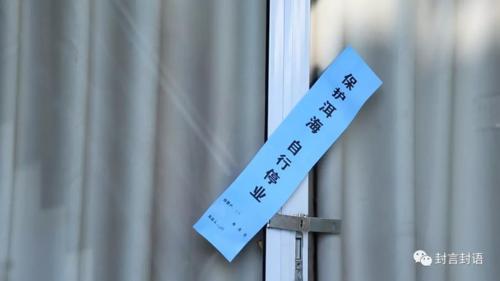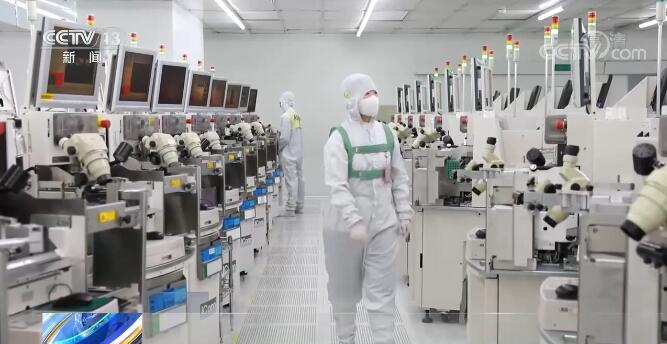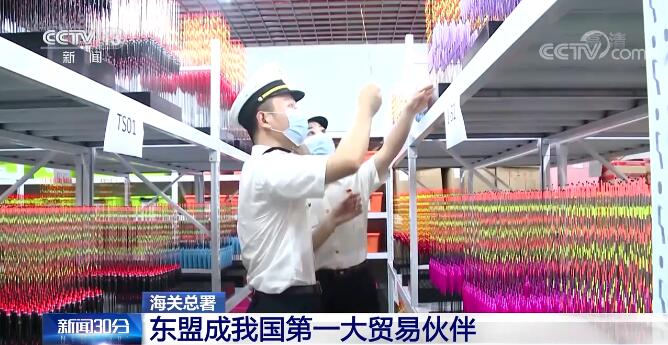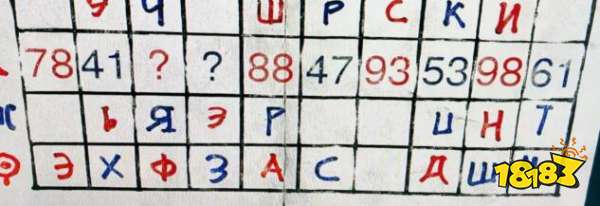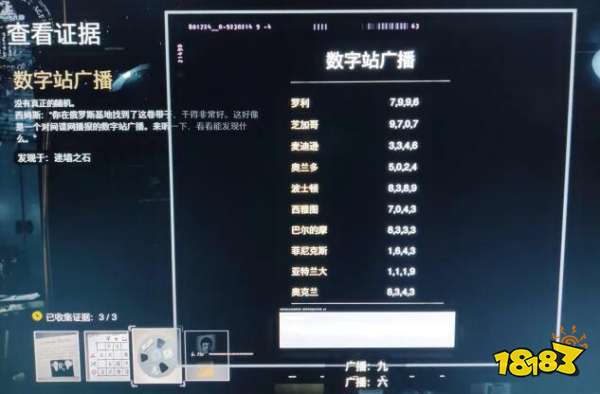Innovate the way of inheritance, and the old craft will show a new look-how can intangible cultural heritage quietly enter modern life?
    There are 365 engraved Chinese characters on the 12cm square nightlight, seven figures carved on the nucleus of George W. Momo, and an 80-year-old grandmother threading a needle to make sachets … At the 8th China Intangible Cultural Heritage Expo held in Jinan, Shandong Province, many audiences were amazed by their exquisite traditional skills. At this non-legacy feast, the audience can not only feel the charm of non-legacy at close range, but also see the wonderful collision between traditional culture and modern life.
    This year marks the 20th anniversary of China’s ratification of UNESCO’s Convention for the Protection of Intangible Cultural Heritage. The theme of this Expo is "Protecting Heritage, Keeping Upright and Innovating", which comprehensively shows the practical achievements of China’s intangible cultural heritage protection in the past 20 years.
    By December, 2023, there were 730 projects in the world, including 43 in China, ranking first in the world. In recent years, with the active practice of cultural "two creations" in various places, the protection and inheritance of intangible cultural heritage has become a key factor to create a new benchmark for the integration of cultural tourism and stimulate new vitality in rural areas, and traditional intangible cultural heritage is quietly entering modern life.
    The on-site exhibition is popular, and the traditional heritage is popular.
    In the middle school textbook "The Story of the Nuclear Boat", Wang Shuyuan, a nuclear carving artist in the Ming Dynasty, made a nuclear boat "Night Tour in Chibi" with peach stones, and the characters were lifelike, which made the Chinese people know the traditional skill of nuclear carving.
    At the Expo, Liu Bin, the inheritor of nuclear carving skills, once again demonstrated his exquisite skills, carving seven vivid figures in a narrow space with a length of 3.8cm, a width of 1.6cm and a height of 2.2cm, which amazed the audience present.
    The Expo site gathered non-legacy projects from all over the country. In the exhibition area of Hakka Culture (West Fujian) Ecological Protection Experimental Zone, a nightlight has attracted many people’s attention. According to Ma Li, the inheritor of engraving printing technology in Sibao, nightlight is 12 cm× 12 cm square with 365 engraving characters on it, which symbolizes the good meaning of a blessing every day. It is a derivative of engraving printing in Sibao, and the engraving of this product only takes three months to complete.
    The theme of this Expo is "protecting inheritance, keeping integrity and innovation", highlighting the concepts of "people’s intangible cultural treasures" and "integrating into modern life to create a better future". The theme exhibition is based on the idea of "intangible beauty is more vivid in ecology", "ingenuity in more innovative", "good times in the countryside", "communication and mutual learning" and "creativity and sharing".
    As the host city, the Shandong exhibition area set up by the Expo covers a total area of 1,845 square meters. The exhibition includes the "Harmony between Rivers", "Four Seas Uprising" and Jinan Special Zone, which shows the achievements of Shandong Province in promoting the integration of intangible cultural heritage into modern life. At the scene, Jinan clay sculpture rabbit king, dough sculpture, Weifang kite, Zibo ceramics and other "signboards" from all over Shandong were unveiled. One of the traditional martial arts routines, Shuihu Boxing, Peking Opera "Wu Song Beats Shop", Shandong Express Book, Taishan Shadow Play, Jiaozhou Yangko and other special performances also attracted many people to take pictures.
    In the small non-legacy stage set up in the venue and other areas, the audience can also enjoy the performances of traditional music, dance, opera, folk art and other non-legacy projects. Gao Xue, a student who participated in the "Little Handicraft" research activity at the scene, said that he saw many intangible cultural relics that he had never heard of before, and he deeply felt the profoundness of China’s traditional culture, which also increased his interest and motivation for learning historical and cultural knowledge in the future.
    Constantly bring forth the old and bring forth the new, and the old craftsmanship is passed down in development.
    A piece of bamboo paper is lightly covered on the music disc, and a brush with ink is brushed evenly, and a novel picture of the blessing character emerges from the paper … In the exhibition hall of "Beauty lies in communication and mutual learning" of the Expo, the inheritor made exquisite works with the ancient movable type printing technology and gave them to the public.
    Wu Songgen, the inheritor of Ninghua wood movable type printing, said that in the process of inheriting this skill, he also tried to combine this old craft with the needs of modern society. By setting up the "Ninghua Wood Movable Type Workshop" on the Internet, he launched the sales of printing tools, finished wood movable type products, personalized customization of wood movable type and seals, and sales of manual thread-bound books, and actively promoted wood movable type printing, making this intangible project enter thousands of households.
    Constantly bringing forth the old and bringing forth the new, not only retaining the tradition, but also inheriting it in development, is a new path for many non-legacy projects to choose at present. In Hexingyong Painting Shop in Hanting District, Weifang City, Yang Naidong, the inheritor of Yangjiabu Woodblock New Year Pictures, a national intangible project, is busy carving all kinds of miniature New Year Pictures every day. Yang Naidong said that many young people have come to buy this miniature version of traditional New Year pictures recently. The products have many themes, such as Hongfu Mantang, Danfeng Chaoyang, and "Fish" every year. After printing, they can be mounted in photo frames as decorations and are very popular. Compared with the conventional New Year pictures, this old version of the new engraved miniature New Year pictures is more difficult in engraving and overprinting. "While guarding the traditional skills, we should adapt to the changes of the times and the actual needs, and constantly give new vitality to the New Year pictures." Yang Naidong said.
    In the process of inheritance, some non-legacy products have gained new brilliance and initially formed a large-scale industry. Walking in the streets of Daji Town, Cao County, Shandong Province, Hanfu factories and shops can be seen everywhere.
    Huang Xiaoyan, the person in charge of Cao County’s crossing of Datang Hanfu Yuncang, said that in recent years, local practitioners have combined tradition with fashion, constantly brought forth new ideas and innovated communication channels, so that the Hanfu industry in Cao County can continue to "go out of the circle". At present, there are more than 2,200 Hanfu upstream and downstream enterprises and more than 13,900 online stores in Cao County, forming a complete industrial chain integrating design and printing, research and development of fashion, printing and embroidery, auxiliary materials and accessories, and marketing.
    Zhang Shishan, dean of the Institute of Intangible Cultural Heritage of Shandong University, said that being rooted in people’s daily life is an important source of lasting vitality for intangible heritage. At present, on the basis of good protection, many intangible cultural heritage in various places have achieved innovative development and new application fields, which fully stimulated the internal motivation of intangible cultural heritage to serve economic and social development.
    Deep integration with technology, better integration into modern life
    At this Expo, Jinan Shadow Play, which participated in the exhibition, was loved by more young people by combining with new technologies. Li Juan, the fifth generation inheritor of Jinan Shadow Play, said that she cooperated with Shandong Academy of Art to launch a series of digital collections of "AI Digital Shadow Play". With the help of AI (artificial intelligence) technology, this series of collections simulates the unique rendering and coloring techniques of Jinan Shadow Play, and completes the color matching of the heads of seven main characters in the The Journey to the West play of Shadow Play. Through the application of "Shadow Play+Theater" and "Shadow Play+B&B", Jinan Shadow Play has not only entered communities, scenic spots and exhibition halls all over China, but also traveled to more than 20 countries around the world to tell the story of China’s legacy.
    What flowers will "bloom" with the deep integration of non-legacy and industry? In Shandong, a bold exploration gradually got the answer. In September this year, a new clothing release event about Lu Jin and Lu Embroidery made many people understand the intangible modern charm for the first time in the form of a runway show.
    Lu brocade is a unique brocade in Shandong, and its weaving skills are a national intangible cultural heritage. Lu embroidery is a representative embroidery in Shandong, and it is also a national intangible cultural heritage. Since last year, Shandong Provincial Department of Industry and Information Technology and other departments have initiated the revitalization of Lujin embroidery industry, promoted universities, enterprises and other units to jointly establish the high-quality development alliance of Lujin industry, and established Lujin industrial center and R&D design center relying on the strength of industry associations and universities to improve the level of creative design. At the same time, actively guide high-quality enterprises in the garment and textile industry to join the R&D and manufacturing of Lu Jin and Lu Embroidery products across borders. "In 2021, there were less than 10 Lujin production enterprises in the province. Now, the number of enterprises involved in Lujin production and research and development has grown to more than 40." Wang Xiao, deputy director of the Shandong Provincial Department of Industry and Information Technology, said that many enterprises have developed and produced new Lujin, which has won rich orders.
    Non-genetic seeding is also showing an increasingly "tidal" trend. In short video platforms such as Tik Tok, the content about intangible cultural heritage is getting richer and richer. According to the data, there are 1,428 certified non-genetic inheritors in Tik Tok, among which 199 are under the age of 30. More and more young inheritors have joined Tik Tok to promote non-genetic inheritance.
    "While the old non-legacy craftsmanship continues to be passed down, it has also explored new development paths, and some of them have countless’ circles’. This shows that intangible resources have gradually integrated into our modern life after flying into the homes of ordinary people and being close to the mass production and life. In the future, more and more traditional cultures will show great vitality and vitality. " Wang Yuanxing, a professor at the School of History and Culture of Shandong University, said. (Reporter Shao Luwen)
